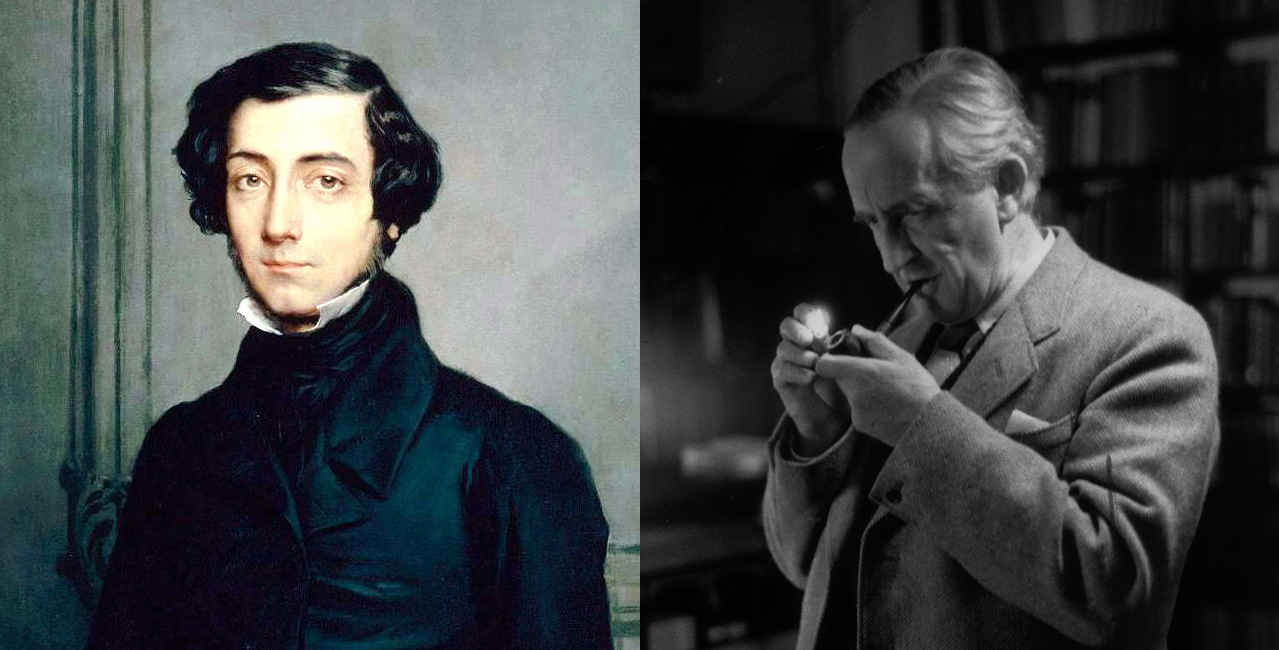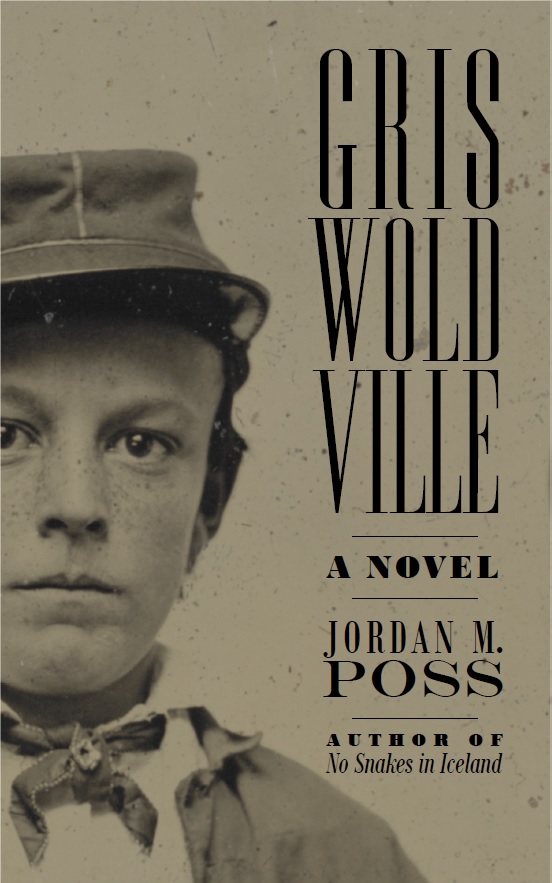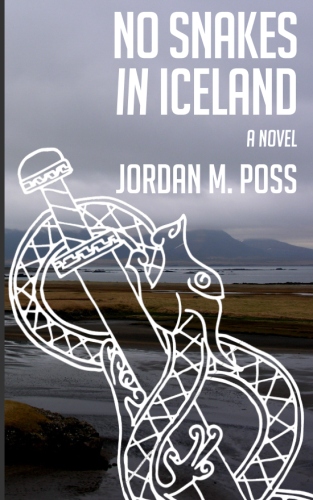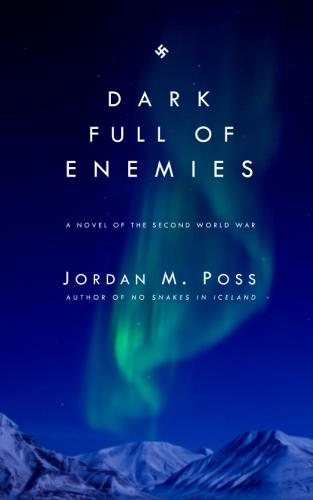Five good St Patrick’s Day books
/St Patrick visits Purgatory, from a 15th century English manuscript
Updated! With the addition of Freeman’s biography of St Patrick below, this post now has six good books to choose from. I hope y’all find something here to enjoy. Happy St Patrick’s Day!
“Although I am imperfect in many ways, I want my brothers and relations to know what I’m really like, so that they can see what it is that inspires my life.”
St Patrick’s Day has been one of my favorite holidays since I was a kid, when my mom would make sure my brother, sister, and I wore something green so that we wouldn’t get pinched at school. As I grew up I gradually learned more and more about the man behind the holiday and my appreciation only deepened. The childhood celebration, the fun of the holiday, led me eventually to what it all meant. It shaped me—both my imaginations and desires—like all holidays should, and are meant to.
I’m writing this at a time of heightened anxiety, as a lot of us are home under quarantine. Even those of us who are not particularly afraid of the disease making its way through the world right now probably have doubts about what the future will look like. With that in mind, I wanted to recommend a few books about St Patrick, books that will be accessible to a variety of readers, both to encourage y’all to learn more about a remarkable and righteous man, and to offer some comfort. Patrick was born into a world of even deeper uncertainties than our own, and confronted possibly more threatening enemies than mere disease, and yet he brought good out of those evils.
So I hope you’ll check out at least a few of these books. We need St Patrick and his example more than ever now.
The Confessio and Epistola, by St Patrick
I’ll start with the two surviving writings of St Patrick himself. The Confessio is our source for virtually all that we know about Patrick and his life. All other information comes to us second- or thirdhand and leans heavily toward the legendary. Patrick wrote the Confessio in response to accusations of corruption, and in it he gives a lengthy explanation of his own life: his kidnapping and enslavement by the Irish, his escape, how God compelled him to return to his former masters, and the work he undertook there among the Irish pagans. He makes vivid the many dangers faced by missionaries at this time, and forcefully responds to his critics. It’s a fascinating and bracing read, and Patrick makes it plain that his sole concern since returning to Ireland has been the Gospel. You won’t find it more clearly laid out than here. Indeed, Patrick’s powers of explanation, as displayed in this letter, at least partly explain his success as a missionary.
The Epistola or Letter to the Soldiers of Coroticus is another forceful piece by Patrick, this time in response to nominally Christian British raiders who had struck westward into Ireland and butchered or enslaved Patrick’s converts, some of them on the day of their baptism. Patrick violently condemns them and calls on other British Christians both to publicize Coroticus’s sins and treat him and his men as excommunicates until they repent and return their captives to their homeland. The Epistola offers us a vivid picture of what life was like in post-Roman Britain, and what a commitment it was to live a life according to the teachings of Christ—a commitment grown no less arduous despite fifteen-hundred years of change in time, place, and culture.
Both of these documents are short—even the longer Confessio you can read in twenty or thirty minutes—and both are freely available online. You can read the entire Confessio online here, and the Letter to the Soldiers of Coroticus here.
St. Patrick of Ireland: A Biography, by Philip Freeman
This is not only the best book on Patrick that I’ve read so far, but it’s one of the best books on the post-Roman British Isles and early medieval Christianity in general. These latter two constitute, of course, almost the whole world in which Patrick lived and moved, and it’s Freeman’s attention to the context of Patrick’s life that makes this such a powerful and enlightening work. Freeman, a classicist, is able to mine ancient Greek and Roman sources and the scant offerings of archaeology and Patrick’s own writings to offer a carefully researched, well-grounded picture of the challenges facing Patrick—from the problems afflicting Britain following its abandonment by Rome to the conditions of slavery in Ireland, a remote place dominated by numerous rival warlords and the worship of gods demanding human sacrifice.
Freeman includes his own complete translations of Patrick’s Confessio and Epistola, which are very good. (I have reviewed another of Freeman’s translations here before.)
Freeman is as gifted a writer as he is a scholar, and his St Patrick of Ireland reads briskly, wearing its research lightly and indulging in a minimum of speculation to fill gaps or round out our understanding of unclear events. The result is a striking portrait of a great man—a man who was only great because of his humble acknowledgement of his flaws—bringing light to a bleak world, a model as important today as it was to the medievals.
Patrick: Patron Saint of Ireland, by Tomie dePaola
This is a relative newcomer to me and my family. My kids have enjoyed a number of Tomie dePaola’s books, and when I discovered he had a book on the life of St Patrick I made sure to get it in time for the holiday. We read it last night. My kids loved it—they picked it up to look back through it this morning while we were getting ready.
DePaola briefly sketches Patrick’s life—as outlined in his Confessio—from his noble background in Britain to his kidnapping, escape, return, and lifetime of missionary work. The pictures, as is the case with all of dePaola’s books that I’ve seen, are beautiful, influenced by but not mere imitations of the style of medieval manuscript illuminations, and the story includes a striking amount of detail for a short picturebook. The book also includes a little section on the legends associated with St Patrick, including his driving of snakes out of Ireland and the famously problematic shamrock story.
Tomie dePaola’s Patrick is an ideal way to relate his life story to kids while also making clear the counter-intuitive grace of what he did in returning to the people who had enslaved him. My daughter couldn’t believe it, providing a moment ripe for discussion.
Saint Patrick, by Jonathan Rogers
An entry in the Christian Encounters series, Jonathan Rogers’s Saint Patrick is a brisk, readable, well-researched, and short biography.
Rogers’s brevity is one of the book’s main strengths. There are longer and more scholarly biographies of Patrick (see Freeman’s above, which is not much longer but certainly more scrupulously scholarly), but this is a book I’ve recommended to friends and students for years precisely because it is so easy to read and makes the history so accessible. Rogers does a good job of expanding upon and contextualizing what Patrick reveals of himself in his two surviving letters, and commendably avoids a lot of speculation and conjecture, which are constant temptations when dealing with a subject so remote and with so little primary source material to work from—not to mention the involvement of the druids, a guarantee that you’ll get some really crazy stuff muddying the waters. The result is a good biography that you can read in an hour or so.
As a bonus, this book includes the complete texts of the Confessio and the Epistola, making this book an excellent starting place for grownups looking to learn more about Patrick, his world, and his work.
Brendan, by Frederick Buechner
This book is a bit of an outlier for a couple of reasons. First, it’s a novel, and everything else I’ve recommended so far is either one of St Patrick’s own writings or a biography of one kind or another. Second, St Patrick barely figures into the story, which mostly concerns the life and work of St Brendan the Navigator.
But Buechner’s novel so powerfully evokes the strange, dangerous world of Patrick and Brendan’s day—with violent warlords ruling diffuse petty kingdoms and druids still carrying on the demonic fertility rites of the old Irish gods in many places—that it offers an excellent way for us to understand anew what these men did and the risks they ran in doing it. And though Patrick is mostly a memory in the novel, his presence looms over Brendan because Brendan and his fellow Christians are the first generation of native Irish Christians. (We tend to forget that Patrick wasn’t himself Irish, but “Romano-British,” of mixed Roman and native Brythonic stock.) Brendan is a Christian because of Patrick, and he struggles to continue Patrick’s work of conversion, which, for him and his fellow believers living in this uncertain world, is not a foregone conclusion. The events of the novel test Brendan, and by the end, after decades in Ireland and many a God-directed voyage out to sea, he learns a lesson Patrick could have taught him—about strength being made perfect in weakness.
In conclusion
A “traditional Irish blessing” of the kind you see in memes would probably seem strange coming from an Anglo-German hillbilly like me, so let me wish you all a happy holiday and good health, and hope that you’ll find something on this list that entertains, informs, and uplifts you. Happy St Patrick’s Day!



























